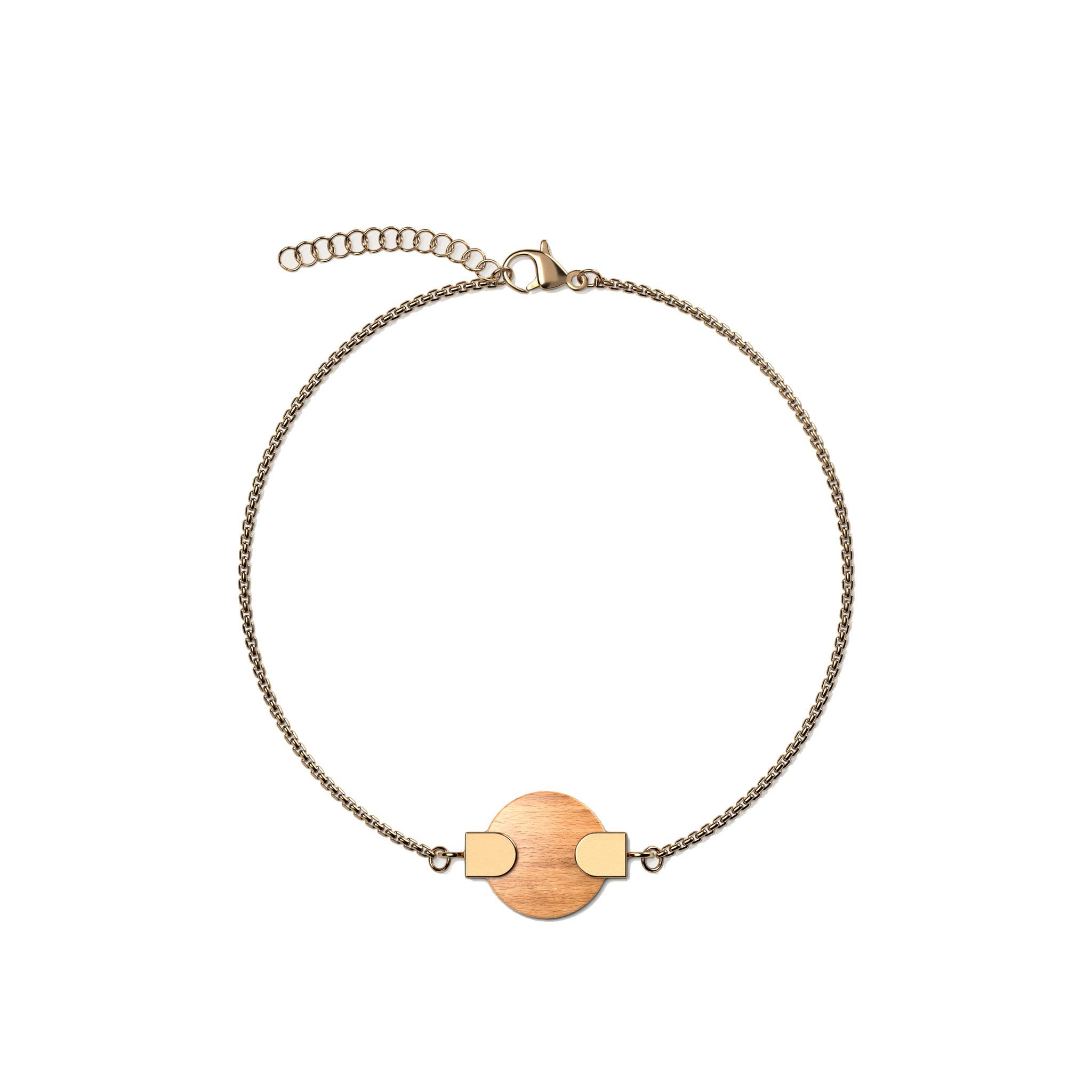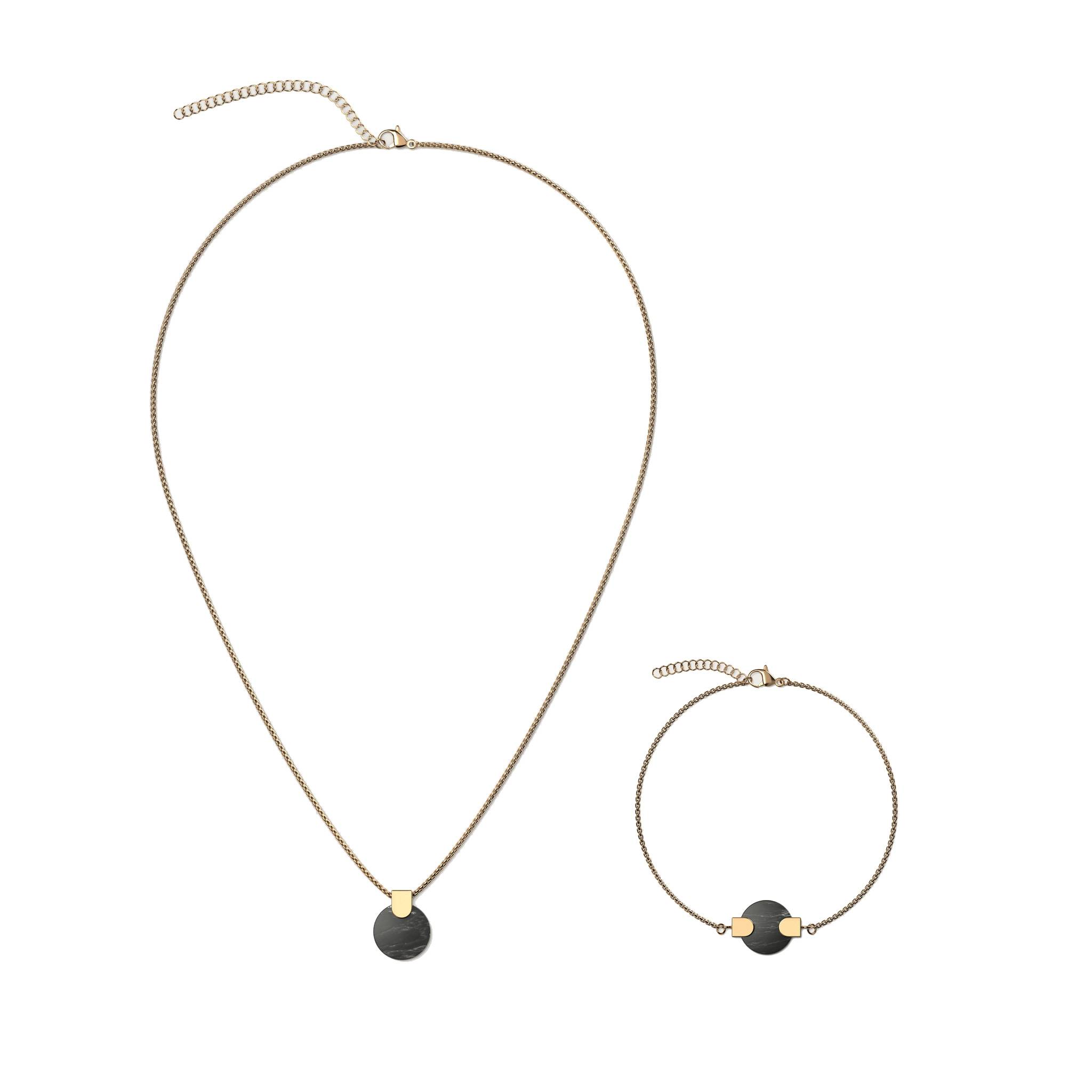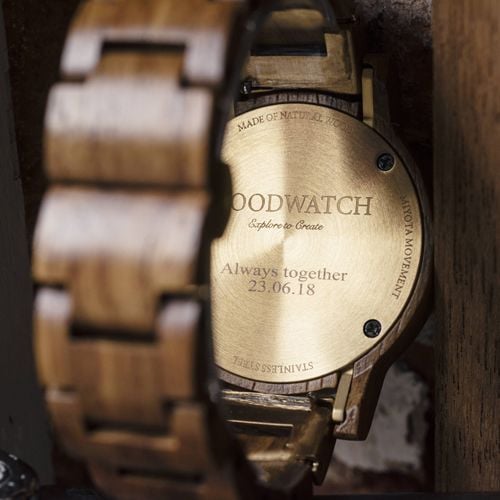Learn & Live: biodiversity loss
As a company that takes inspiration from our environment,` we have known from day one that we need to make an effort to look after our beautiful planet as much as we try to create unique and high-quality designs from its resources. Sustainability has been our priority since the very beginning.
However, when we started nine years ago we certainly didn’t know as much as we do now. So besides planting one tree for each product sold and continuing to make all our shipments CO2-neutral, we're trying to keep learning about the things that impact our surroundings and how we can make a difference as individuals and as a company.
We’d like to share some of these insights with our customers, who care about this planet as much as we do. In this article, we’re learning more about the loss of biodiversity, how it affects us and which individual steps we can take to help reduce it.
What is the loss of biodiversity
Our academic helper Britannica defines the loss of biodiversity as the “decline in the number, genetic variability, and variety of species, and the biological communities in a given area.” In extreme cases, this can even cause the whole ecosystem to collapse. We can distinguish between natural and human-driven biodiversity loss, the latter increasing rapidly in recent years and the one we should all pay attention to.

What causes the loss of biodiversity
Simply put, the Earth is being overpopulated by humankind, we need more and more resources for food and livelihood, and the acres of land we convert for agricultural or living purposes destroy local biodiversity. But this is only the direct impact we have, the indirect one perhaps being even more detrimental.
Together with pollution, man-made climate change accounts for 14% of global biodiversity loss. This sad number is mainly driven by the use of pesticides and fertilizers in agriculture, an increase in the amount of CO2 we emit in daily activities, both as individuals and companies or for instance plastic pollution.

Individual ways to fight biodiversity loss
Similarly, as there are a lot of ways we can negatively impact biodiversity loss if we don’t take action, there are also luckily many ways we can contribute to its conservation.
- Educating ourselves: Simply being aware of the importance of biodiversity and learning about global ecosystems and natural habitats in your own area is already a huge step forward. Do your research, watch a few animated YouTube videos or attend short webinars when you have the opportunity. In knowledge there is power!
- Showing support to environmental organizations: So many organizations around the world do the job for all of us. Some of these include the World Wide Fund, UNEP’s Convention on Biological Diversity, or Wildlife Conservation Society. They take care of the research of the natural world and spreading awareness about its pitfalls, engage in activities such as restoration of natural habitats and also pressure governments to take more intensified action. Make a small donation or buy their product, the change you’ll make is bigger than you think!
- Take part in your local community: No one is saying that each of us has to take some form of an intense political action or find a magical new plant species to help. It is completely enough to start very small, but the key is at staying consistent. Show support to the initiatives in your local area or take charge yourself and plant a few native plants in your garden or local natural area. Don’t neglect your research though, there are certain guidelines you should definitely try to follow when restoring the natural environment.

How companies can help fight biodiversity loss
Companies have enormous power in making a sustainable change, they just need to invest their time and resources in the right places. Here are a few things businesses can engage in to be a part of the conservation of biodiversity.
- Measure their impact: Everything starts with being aware of our impact. The effect of firm activities on biodiversity loss can often be almost invisible. This is why it’s important for companies to find reliable frameworks that will help them see their own impact.
- Give the financial support we need: A McKinsey report from 2016 revealed that biodiversity conservation projects receive $52 billion per year on average for their projects, but the amount they would need to unlock the full potential of their initiatives is between $300 and $400 billion. Companies have an incredible power to make this financial leap happen.
- Get directly involved: Money might be the easiest way to help but it’s definitely not the only one. Collaborating with global organizations by directly becoming a part of their projects shows the real commitment a company has to make a change and represents enormous help. At WoodWatch, for example, we cooperate with Trees for the Future in order to restore African lands and educate local communities. There’s really so much one company can do!
It is important to recognize the damage that is being done to our lovely planet but also to realize that not everything is lost. On the contrary, there are so many small ways we as individuals can contribute to global environmental problems, such as the loss of biodiversity.
The aim of our Learn & Live series is not only to bring your attention to something that deserves it. It’s also to give you hope and practical tools to help make a real change. Let’s become a part of it together!







































































